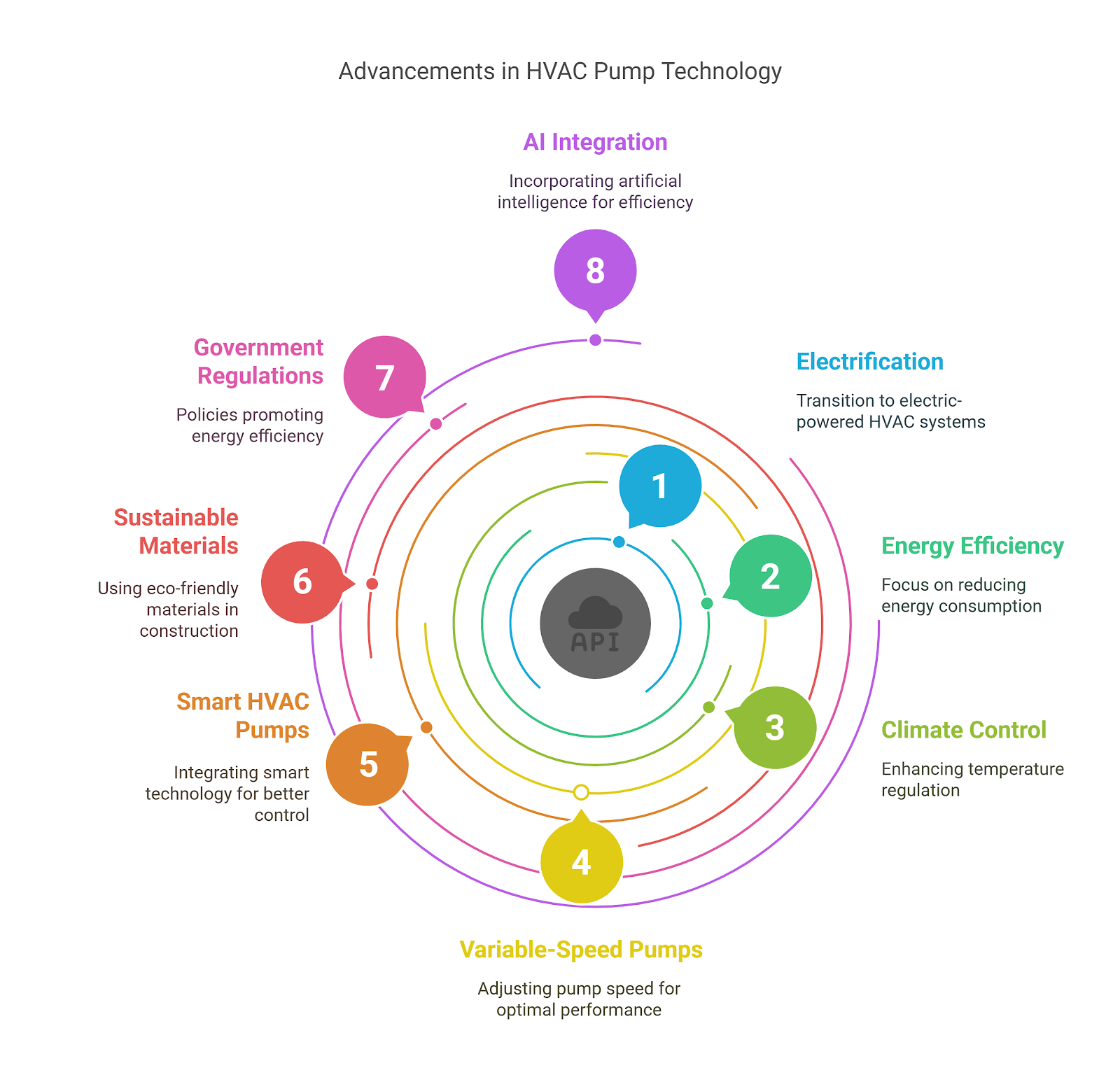Warehouse Automation: Way toward Smarter Warehouses
Warehouse automation involves the usage of various technological tools and systems to perform tasks with minimal human intervention. It includes integration of sensors, data analytics, and Internet of Things with software and hardware. Automation in warehouses aims to enhance accuracy and safety. It also aims to speed up wait times, handle inventory miscounts, and manage response rates to fluctuating demand.
The automated storage and retrieval system helps automate store and retrieve inventory. Conveyor and sortation systems help with receiving, staging, packing, and shipping of goods. Automated guided vehicles and autonomous mobile robots help transport goods, replenish picking stations, and carry carts within the warehouse. Picking and packing automation features robotic arms, voice/vision picking and goods‑to‑person systems. Warehouse management systems and warehouse execution systems help coordinate inventory, orders, space layout, and resource allocation within the warehouse. Also, IoT, sensors, vision systems, and artificial intelligence or machine learning helps make use of data to improve decision‑making, predictive maintenance, dynamic routing, and real‑time tracking of goods and assets.
Trends in warehousing: robotics, AI, and others
Warehouse automation helps maintain higher efficiency and throughput, improve accuracy, enhance labor cost savings, and increase space optimization. It also helps with quicker handling of goods and enables less downtime. Automation also enhances inventory discrepancies and wrong shipments and enhances optimization of layout. This increases the demand for warehouse automation among the industries. Developments in e-commerce and rise in consumer expectations drive the demand for warehouse automation among the industries. In addition, rise in labor cost and shortage of labor also foster the sector growth. There is a rise in the need for operational efficiency and accuracy which fosters market growth. Moreover, advancements in technology and integration of improved sensors and better software also foster the growth of warehouse automation industry landscape.
However, high capital expenditure and ROI uncertainty limit the demand for warehouse automation. In addition, integration complexity and legacy infrastructure can be costly. This is projected to restrain the growth of the warehouse automation sector. Automation systems need maintenance, which require skilled labor, which increases the challenge for warehouse automation. Fluctuation in demand from industries also leads to changes in automation systems that are already installed and thus can be costly for the sector. This limits the adoption of automation systems for warehouses.
Nevertheless, emerging markets and expansion of logistics infrastructure are the opportunistic factors for the growth of the warehouse automation sector. In addition, the integration of artificial intelligence and machine learning helps with predictive analytics and real-time data collection. This also enhances robotics learning systems used within the warehouse. Moreover, automation systems help optimize layout and reduce waste. These factors are projected to boost the growth of the warehouse automation industry landscape in the coming years.
Advancements in warehouse robotics and AI
There is an increase in the usage of autonomous mobile robots and collaborative robots in warehouses. This helps quicken warehouse operations within the industries. In addition, integration of artificial intelligence, predictive and real-time analytics, and machine learning also fosters the demand for warehouse automation in the industries. In addition, there is a rise in demand for modular, flexible, and scalable systems which help optimize space and enable quicker sortation modules. Moreover, warehouses use vertical racking and high-rise automated storage, which enhances space optimization. Furthermore, integration of IoT and sensors also boosts the demand for warehouse automation as these help enhance predictive maintenance and quicken operations within the warehouse.
Mapping warehouse automation across different regions
North America exhibits surged penetration of e-commerce and increased labor costs. This boosts the demand for effective warehouse management to quicken deliveries. This fosters the growth of warehouse automation across the region. Europe focuses on energy efficiency and labor safety, which fosters the demand for automation and thus boosts the growth of the sector. Asia-Pacific region is experiencing growth in the warehouse automation sector owing to expansion of the logistics infrastructure and increase in urbanization across the region. LAMEA is slowly adopting automation across warehouses owing to cost sensitivity and skilled labor shortage across the region.
To get more insights into the latest advancements in warehouse automation, contact our industry specialists today! For any further queries, you can also chat with them directly.
Final thoughts
Warehouse automation is transforming the storage, handling, and shipping of goods. Rise in cost and labor scarcity increases the demand for warehouse automation. In addition, the expansion of e‑commerce also fosters the need for automation in the warehouses. The usage of robotics and artificial engineering enhances overall automation in the warehouses. This is also projected to be opportunistic for the growth of the sector in the upcoming years.
Short Description
Warehouse automation refers to the use of technology and systems to streamline and improve warehouse operations, reducing the need for manual labor. This includes the use of robotics, automated storage and retrieval systems, conveyor belts, artificial intelligence, and warehouse management systems (WMS). These technologies work together to handle tasks such as inventory tracking, order picking, packing, sorting, and shipping with greater speed and accuracy.

Comments
Post a Comment